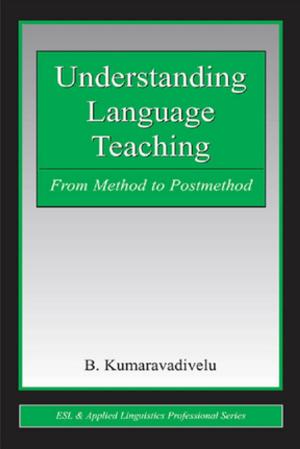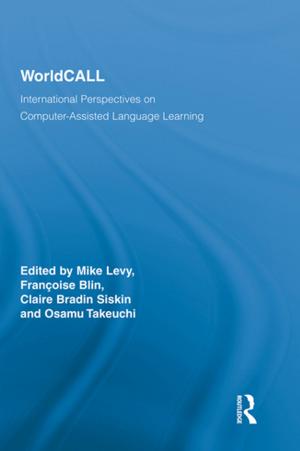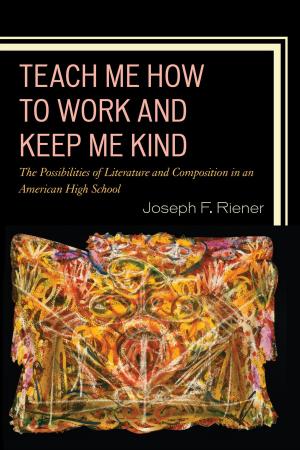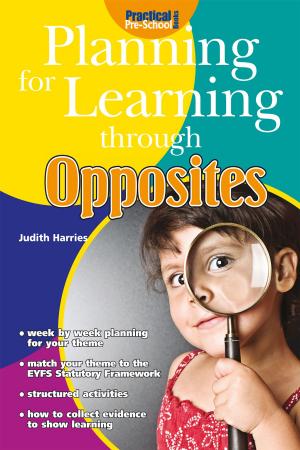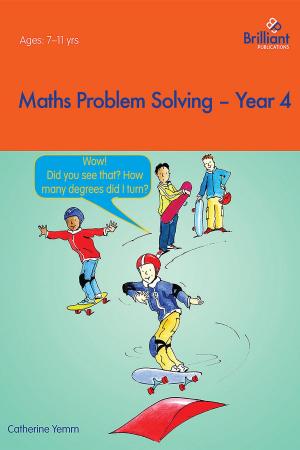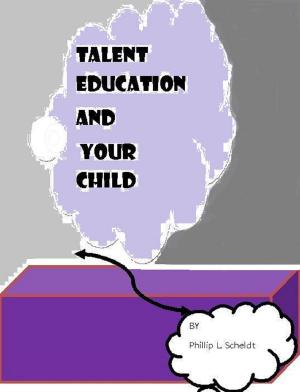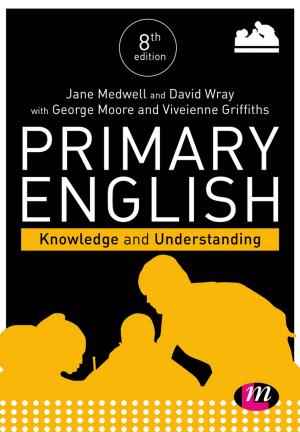Weaving the Text: The 70th Birthday Edition of the 1994 Dissertation
Nonfiction, Reference & Language, Education & Teaching, Teaching, Teaching Methods| Author: | Jim Carpenter | ISBN: | 9781370621989 |
| Publisher: | James Hulbert | Publication: | December 30, 2016 |
| Imprint: | Smashwords Edition | Language: | English |
| Author: | Jim Carpenter |
| ISBN: | 9781370621989 |
| Publisher: | James Hulbert |
| Publication: | December 30, 2016 |
| Imprint: | Smashwords Edition |
| Language: | English |
"Something seems to have happened while I was working with Shakespeare's text and with Heidegger's notion of 'letting learn.' It has become increasingly difficult to 'impose' my interpretation on the students. My suggestions find more resistance from my students as they gain a greater sense of what it means to 'suit the action to the word' (Hamlet) and as they learn to turn to the sources of self and text. I also find that resistance growing within myself.
"'Letting learn' requires letting go. It means letting go of the fear of the judgment of the outsider. If I let the students learn to interpret Shakespeare's text, I must also let go of the fear of what the critics, the audience, might say. Likewise I must let go of my own interpretation and watch my students with 'a watchfulness filled with a teacher's hope' (Aoki) as they discover their own interpretations. I must find the way to let them learn, that is, I must provide them with the guidelines they need to help find their way into the text, and I must create the space in which that learning can take place. And I must let go of my students ...."
Jim Carpenter's 1994 dissertation, Weaving the Text, looks at his production of Hamlet from the previous year. Weaving the Text is the principal surviving document of his decades of collaboration and dialogue with his theatre students. It draws on pedagogical, hermeneutic, phenomenological, textual and acting theory -- but its focus is on the real-life experience of students and teacher.
"Something seems to have happened while I was working with Shakespeare's text and with Heidegger's notion of 'letting learn.' It has become increasingly difficult to 'impose' my interpretation on the students. My suggestions find more resistance from my students as they gain a greater sense of what it means to 'suit the action to the word' (Hamlet) and as they learn to turn to the sources of self and text. I also find that resistance growing within myself.
"'Letting learn' requires letting go. It means letting go of the fear of the judgment of the outsider. If I let the students learn to interpret Shakespeare's text, I must also let go of the fear of what the critics, the audience, might say. Likewise I must let go of my own interpretation and watch my students with 'a watchfulness filled with a teacher's hope' (Aoki) as they discover their own interpretations. I must find the way to let them learn, that is, I must provide them with the guidelines they need to help find their way into the text, and I must create the space in which that learning can take place. And I must let go of my students ...."
Jim Carpenter's 1994 dissertation, Weaving the Text, looks at his production of Hamlet from the previous year. Weaving the Text is the principal surviving document of his decades of collaboration and dialogue with his theatre students. It draws on pedagogical, hermeneutic, phenomenological, textual and acting theory -- but its focus is on the real-life experience of students and teacher.

